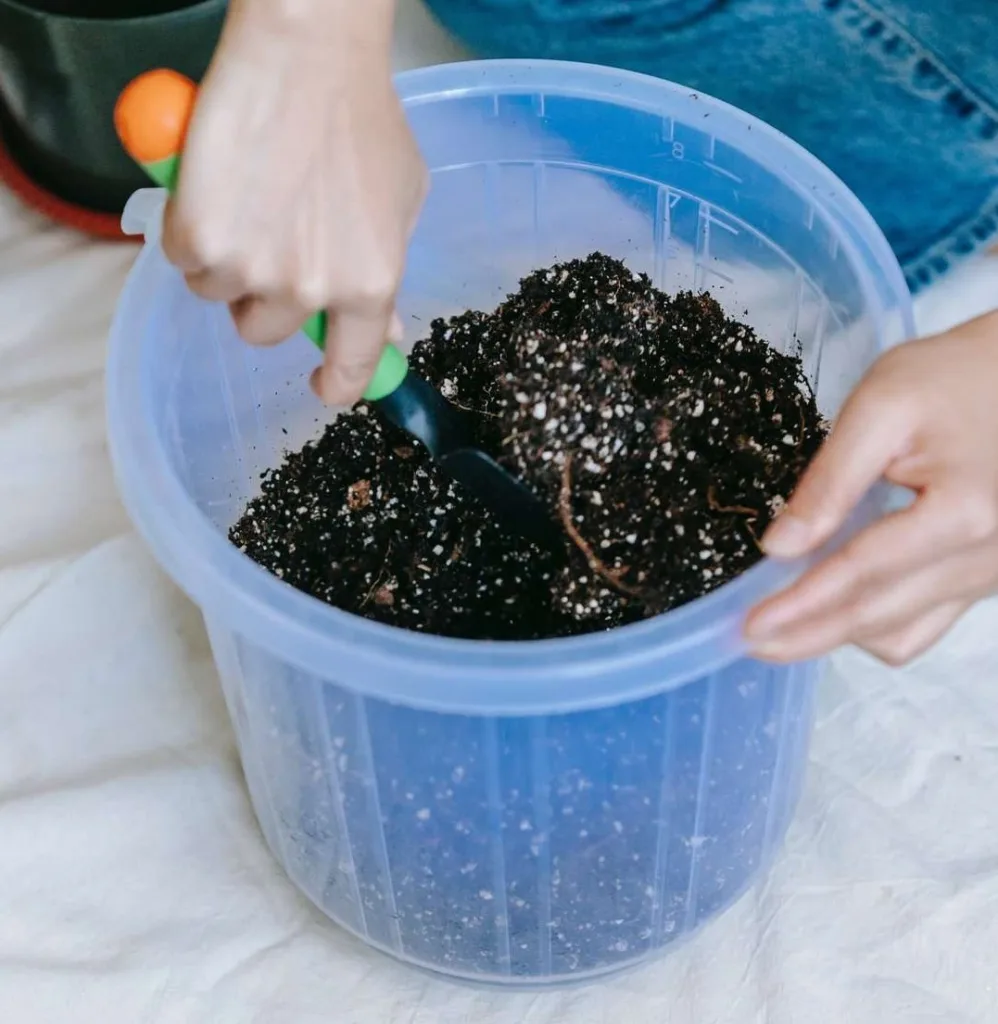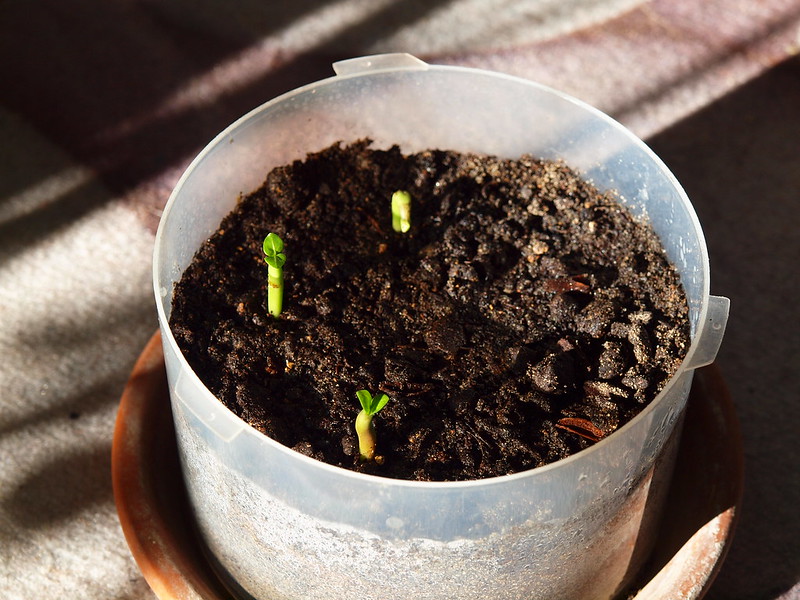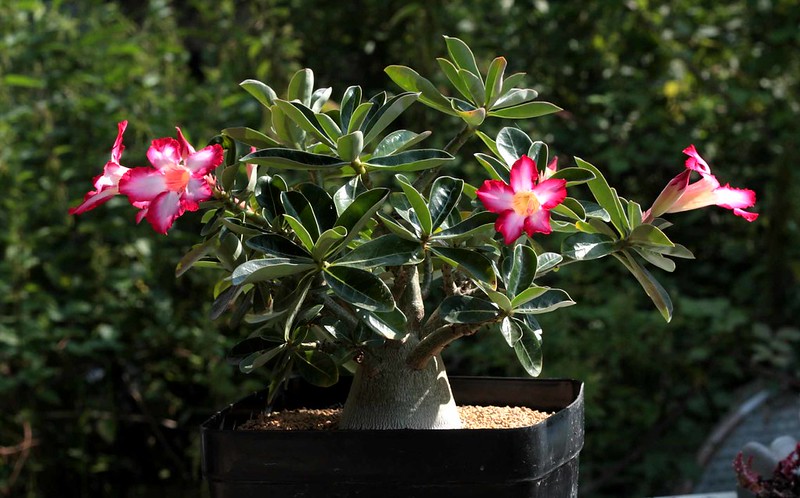The Adenium obesum, commonly known as the desert rose plant, is found in the arid areas of Africa and the Arabian Peninsula.
It belongs to the Apocynaceae family and is identified by its thick stems, striking flowers, and thick caudex that retains water during dry spells. This stunning plant is a wonderful addition to any garden or indoor space.
The Desert Rose is celebrated for its stunning, showy flowers that bloom in a range of colors, including shades of pink, red, white, and even bi-color varieties.
| Characteristic | Description |
|---|---|
| Scientific Name | Adenium obesum |
| Common Names | Desert Rose, Sabi Star, Kudu, Mock Azalea |
| Family | Apocynaceae |
| Native to | Arid regions of Africa and the Arabian Peninsula |
| Plant Type | Succulent, Shrub |
| Caudex | Swollen trunk for water storage |
| Leaves | Glossy, green, clustered |
| Flower Type | Trumpet-shaped |
| Flower Colors | Pink, Red, White, Multi-colored |
| Flowering Season | Typically in warmer months |
| Cultural Preferences | Well-draining soil, Full sunlight, High temperatures |
| Watering Needs | Allow soil to dry between waterings |
| Propagation | Seeds, Stem cuttings, Grafting |
| Container Gardening | Suitable for container cultivation |
| Landscaping Use | Decorative elements in gardens and landscapes |
| Toxicity | Certain parts, especially sap, are toxic if ingested |
| Caution | Handle with care due to potential toxicity |
Choosing the Right Location
To ensure the optimal growth and health of your desert rose plant, it is crucial to choose the right location.
Desert rose plants bloom in warm and sunny conditions, so select a spot that receives at least 6 to 8 hours of direct sunlight daily.
Additionally, make sure the location provides adequate airflow to prevent the plant from developing fungal diseases.

Planting the Desert Rose Plant
Now that you have identified the perfect spot for your desert rose plant, it’s time to get your hands dirty and start planting!
Selecting the Right Container
Choose a container that is at least 12 inches in diameter and has drainage holes to prevent waterlogging. Desert rose plants have shallow roots, so a wide and shallow container will provide ample space for growth.
Preparing the Potting Mix
Create a well-draining potting mix by combining equal parts of coarse sand, perlite, and cactus soil. This mixture will mimic the plant’s natural habitat and promote healthy root development.
Planting the Desert Rose
Gently remove the desert rose plant from its nursery pot, being careful not to damage the roots. Place the plant in the center of the container and fill the remaining space with the prepared potting mix. Firmly press the soil around the base of the plant to ensure stability.
Watering the Plant
After planting, give the desert rose plant a good soak to help settle the soil. However, refrain from overwatering, as this can lead to root rot. Wait until the top inch of soil is dry before watering again, typically every seven to ten days.
Types of Desert Rose Plant
Adenium obesum, commonly known as Desert Rose. Here are some popular types.
- Adenium obesum var. socotranum:
- Native Region: Socotra Island in the Indian Ocean
- Height: Can reach up to 10 feet (3 meters)
- Characteristics: Often has a caudex with a unique shape, and flowers can range in colors from pink to red.
- Adenium obesum ‘Black Window’:
- Native Region: Hybrid cultivar
- Height: Typically grows up to 6 feet (1.8 meters)
- Characteristics: Known for its dark red to almost black flowers and a compact growth habit.
- Adenium obesum ‘Double Red’:
- Native Region: Hybrid cultivar
- Height: Generally grows around 3 to 5 feet (0.9 to 1.5 meters)
- Characteristics: Features double-layered, vibrant red flowers.
- Adenium obesum ‘Dwarf’:
- Native Region: Hybrid cultivar
- Height: Compact, often staying under 2 feet (0.6 meters)
- Characteristics: Small and suitable for small spaces or container gardening.
- Adenium obesum ‘Yellow’:
- Native Region: Hybrid cultivar
- Height: Typically grows around 3 to 6 feet (0.9 to 1.8 meters)
- Characteristics: Displays cheerful yellow flowers, a departure from the more common red and pink hues.
- Adenium obesum ‘Variegatum’:
- Native Region: Hybrid cultivar
- Height: Typically grows around 3 to 6 feet (0.9 to 1.8 meters)
- Characteristics: Prized for its variegated foliage with a mix of green and creamy white.
- Adenium obesum ‘Socotranum’:
- Native Region: Socotra Island
- Height: Varies; can be larger than standard Adenium obesum varieties
- Characteristics: Unique growth forms and flower colors, contribute to their special appeal.
Care Your Desert Rose Plant
Once you have planted your desert rose, it is important to provide it with the proper care to ensure its overall health and longevity.
Watering
While desert rose plants are drought-tolerant, they do require regular watering. During the warmer months, water the plant deeply but infrequently, allowing the soil to dry out between waterings.
In the cooler months, when the plant is in its dormant phase, reduce watering frequency to prevent waterlogged soil.
Fertilizing
Feeding your desert rose plant with a balanced fertilizer is essential for promoting vibrant blooms and healthy growth.
Apply a slow-release fertilizer with a ratio of 10-10-10 or 20-20-20 every four to 6 weeks during the growing season. Be cautious not to over-fertilize, as this can cause excessive leaf growth at the expense of flower production.

Pruning
Pruning is an integral part of desert rose plant care. Regular pruning helps maintain a compact and attractive shape, as well as encourages the plant to produce more blooms.
Use clean and sharp pruning shears to remove any dead or damaged branches, as well as to shape the plant as desired. Avoid pruning during the dormant period, as this can disrupt the plant’s natural growth cycle.
Tips to Grow Desert Rose from Seeds:
Growing Desert Rose (Adenium obesum) from seeds can be a rewarding process, but it requires patience. Here are some important tips.
Seed Preparation:
Soak the Desert Rose seeds in lukewarm water for 24 hours. This helps soften the seed coat and improve germination.
Seed-Starting Mix:
Fill the seed trays or small pots with a well-draining seed-starting mix. Ensure the mix is moist but not waterlogged.
Sowing Seeds:
Plant the soaked seeds about 1/4 to 1/2 inch deep in the prepared seed-starting mix. Place one seed per cell or pot.
Humidity and Covering:
Cover the trays or pots with plastic wrap or a dome to create a humid environment. This aids in germination.
Place the containers in a warm location with indirect sunlight.
Germination:
Desert Rose seeds typically take 1 to 3 weeks to germinate. Keep the soil consistently moist but not soggy during this period.
Transplanting:
Once the seedlings have developed a couple of true leaves, they can be transplanted into larger containers filled with well-draining soil.
Light and Care:
Provide bright, indirect light for the growing seedlings. As they grow, gradually expose them to more sunlight.
Maintain well-draining soil and allow it to dry out slightly between waterings.
Potting Up:
As the Desert Rose seedlings grow, transplant them into larger pots with well-draining soil to accommodate their expanding root systems.

Protecting from Pests and Diseases
While desert rose plants are generally hardy, they can be susceptible to common pests such as aphids, mealybugs, and spider mites.
Regularly inspect your plant for signs of infestation, such as stippled leaves or sticky residue, and treat the issue promptly with organic insecticidal soap or neem oil.
Additionally, ensure good air circulation and avoid overwatering to prevent fungal diseases such as root rot.
Conclusion
Congratulations! You are now equipped with all the information you need to plant, grow, and care for your very own desert rose plant.
Remember to choose a suitable location, provide adequate sunlight and proper watering, fertilize regularly, prune as needed, and protect your plant from pests and diseases.
With a little bit of love and attention, your desert rose will reward you with its stunning flowers and vibrant presence. Happy gardening!
FAQs
- Is Desert Rose a good luck plant?
- Desert Rose is often considered a symbol of good luck and prosperity in various cultures.
- Is Desert Rose a good indoor plant?
- While Desert Rose can be grown indoors, it requires bright sunlight and well-draining soil. Adequate care is essential for its well-being.
- What is special about a desert rose?
- Desert Rose is known for its striking, colorful flowers, unique caudex (swollen trunk), and resilience in arid conditions.
- Desert rose plant for sale?
- Desert Rose plants are commonly available for purchase at nurseries, garden centers, and online plant retailers.
